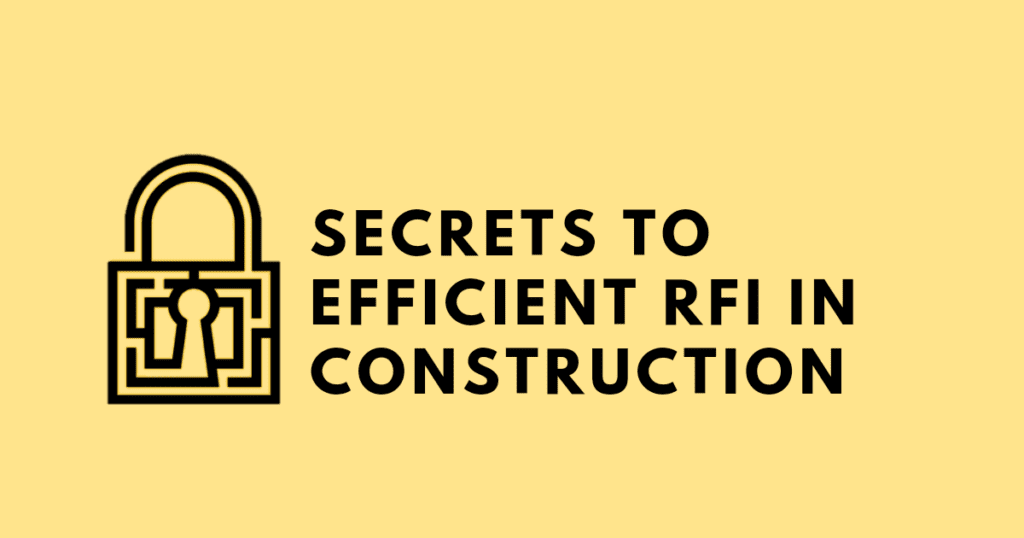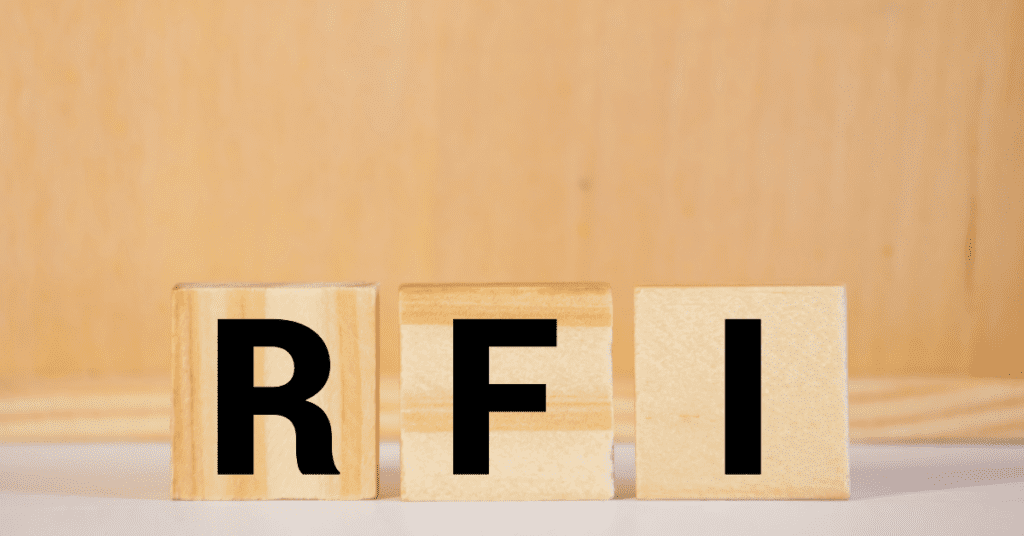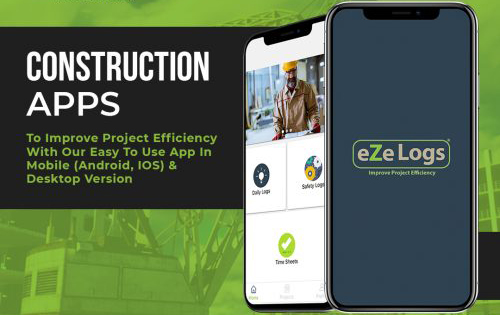Are you involved in the construction industry? Then you’re likely familiar with Requests for Information (RFIs). RFIs are a critical aspect of any construction project, allowing stakeholders to ask questions, seek clarification, and address issues. But what happens when RFIs become inefficient? Delays, miscommunication, and cost overruns are just a few of the consequences that can arise.

We’ll uncover the secrets to efficient RFI in construction and explore the best practices for streamlining the process. From standardized procedures and clear communication to utilizing technology and teamwork, we’ll provide actionable insights that you can implement to optimize your RFI process.
Plus, we’ll examine real-world case studies to highlight the benefits of efficient RFI and the costs of its inefficient use. So whether you’re a project manager, contractor, or stakeholder, read on to discover how you can unlock the #1 secret to efficient RFI in construction!
Key Takeaways
- Requests for Information (RFIs) are critical in construction projects as they allow stakeholders to obtain clarification, request additional information, or address concerns.
- Inefficient use of RFI can lead to cost overruns, schedule delays, and miscommunication, which can significantly impact the project’s outcomes.
- Best practices for efficient RFI include having a standardized RFI process, clear communication, utilizing technology, and collaboration and teamwork among stakeholders.
- Implementing efficient RFI practices can help to minimize challenges and ensure that construction projects are completed on time and within budget.
- Real-world case studies have shown that efficient RFI can lead to successful project completion by streamlining communication, establishing clear timelines and responsibilities, and encouraging collaboration among stakeholders.
Use the software to manage the whole construction management process
The Basics of RFI in Construction
Let’s begin by exploring the purpose of RFIs. In essence, RFIs serve to enable stakeholders to obtain clarification, request additional information or address any concerns that may arise during a construction project. This could include queries related to design, materials or other elements which require further explanation or revision.
Construction projects commonly utilize RFIs (Requests for Information). Design RFIs typically request additional information or clarification on design plans, while technical RFIs inquire into materials or system installation requirements. Change order RFIs take place when project scope or requirements alter, and stakeholders require updates to their project plan.
What is the process of an RFI? Typically, an RFI is initiated by a stakeholder and submitted to the project manager or owner for review. After being reviewed, additional information may be gathered if needed, before responding to the RFI. This could involve collaboration with other stakeholders like architects or engineers so that the response is accurate and meets project requirements.
Once complete, it is sent back to who initiated it – this cycle may repeat multiple times depending on project complexity and number of RFIs required.
As you can see, the RFI process is essential for ensuring construction projects are successfully completed. But how can you make it more efficient and productive? Read on to uncover the best practices of efficient RFI in construction!
Challenges of Inefficient RFI
While RFIs are critical to the success of any construction project, inefficient use of this process can lead to a range of challenges that can significantly impact the project’s outcomes.
One of the most significant challenges that can arise from inefficient RFI is cost overruns. When stakeholders are unable to efficiently communicate and address issues, project delays and changes can occur, leading to increased costs for materials, labor, and other project expenses. These cost overruns can quickly add up, leading to significant financial strain on the project and potentially impacting its overall success.
Another challenge that can arise from inefficient RFI is delays in the project schedule. When stakeholders are unable to address issues and make decisions efficiently, this can result in delays in the project timeline, potentially pushing back project completion and leading to additional costs.

Inefficient RFI can also lead to miscommunication, which can have significant impacts on the project’s outcomes. Miscommunication can occur when stakeholders are not clear on project requirements or expectations, leading to errors or delays in the project. It can also occur when responses to RFIs are unclear or incomplete, leading to confusion and additional questions.
Inefficient use of RFI in construction can lead to a range of challenges, including cost overruns, delays in schedule, and miscommunication. To avoid these challenges, it’s important to implement best practices for efficient RFI in construction. Read on to discover how you can optimize your RFI process for success!
Best Practices for Efficient RFI
Now that we’ve explored the challenges that can arise from inefficient RFI, let’s delve into the best practices for optimizing this critical process.
First, a standardized RFI process is essential to ensure that stakeholders are able to communicate and address issues effectively. This can involve creating a standardized RFI form or template, establishing clear timelines for responses, and assigning responsibility for reviewing and responding to RFIs. Having a standardized process can help to ensure that RFIs are addressed consistently and efficiently throughout the project.
Clear communication is another key best practice for efficient RFI. This can involve establishing clear lines of communication, providing detailed explanations and instructions, and ensuring that stakeholders understand project requirements and expectations. Effective communication can help to ensure that RFIs are addressed accurately and in a timely manner, minimizing delays and miscommunication.
Utilizing technology can also help to optimize the RFI process. This can involve using digital tools to track and manage RFIs, automate responses, and provide real-time updates on project progress. Digital tools can help to streamline the RFI process, improve communication, and minimize errors or delays.
Collaboration and teamwork are critical to ensure that RFIs are addressed effectively. This can involve involving multiple stakeholders, such as architects, engineers, and contractors, to provide a range of expertise and perspectives on project issues. It can also involve establishing a culture of open communication and cooperation, where stakeholders are encouraged to work together to resolve issues and achieve project goals.
By implementing these best practices, you can optimize your RFI process for efficiency and success, minimizing challenges and ensuring that your construction project is completed on time and within budget.
Case Studies
To better understand the impact of efficient RFI, let’s take a look at some real-world case studies.
A Successful Implementation of Efficient RFI
In this project, a construction company implemented a standardized RFI process and utilized technology to streamline communication and track progress. By establishing clear timelines and responsibilities, utilizing digital tools, and encouraging collaboration among stakeholders, the company was able to address RFIs quickly and accurately. As a result, the project was completed on time and within budget, with minimal delays or cost overruns.
Inefficient RFI and Its Consequences
In this project, a lack of efficient RFI processes led to significant challenges and delays. Stakeholders were unclear on project requirements and expectations, resulting in numerous RFIs and delayed responses. As a result, the project timeline was pushed back, and costs increased due to delays and additional work required to address issues. In addition, miscommunication led to errors and rework, further impacting project outcomes.
By highlighting these case studies, we can see the significant impact that efficient RFI can have on construction projects. When implemented effectively, RFI can help to ensure clear communication, minimize delays and errors, and ultimately lead to a successful project outcome.
The Bottom Line
Efficient RFI is essential to the success of any construction project. By implementing best practices for standardized processes, clear communication, and the utilization of technology and collaboration, stakeholders can address issues quickly and accurately, minimize delays and cost overruns, and ultimately achieve project success.
It’s crucial that construction industry professionals recognize the importance of efficient RFI and implement best practices for success. By doing so, they can help to ensure that construction projects are completed on time, within budget, and to the highest standards of quality.
So, let’s take action and implement these best practices for efficient RFI in our construction projects. By doing so, we can optimize project outcomes and achieve success!


